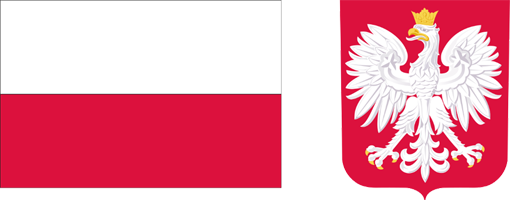Current issue
Archive
About the Journal
Aims and Scope
Editorial Board/Editorial Team
List of reviewers
Publishing process
Publishing Ethics and Malpractice Statement
Personal data protection (GDPR)
Creative Commons License
CrossRef Member / Similarity Check
For Authors
Call for papers
Guidelines for authors
Submitting a manuscript through the editorial system – step by step
For Reviewers
Peer review process
Guidelines for reviewers
Submitting a review – step by step
Contact
RESEARCH PAPER
Monetary policy versus credits to agriculture
1
Instytut Ekonomiki Rolnej i Gospodarki Żywnościowej - PIB
Acceptance date: 2013-12-15
Publication date: 2013-12-15
Zagadnienia Ekonomiki Rolnej / Problems of Agricultural Economics 2013;337(4):20-40
ABSTRACT
Nowadays the agricultural credit constitutes a necessary source of foreign capital. The credits origin in the banking system, which is in difficult position in the majority of the counties of the world since 2008. Public authorities were forced to intervene, sometimes using nonstandard solutions, when on the one hand, the economies found themselves in liquidation trap, and on the other they had to stop the threat of deflation. This helped to stabilise the economies, financial sectors and credit markets. However, the period of expansive monetary policy and most often the same fiscal policy must end someday. It is hard to predict how economies will react to such change in the direction of macroeconomic policy.
The relations of agricultural credit, monetary policy and the national economy are complex and at the same time two-way. They are modified simultaneously by the use of preferential credit for farmers in certain countries. In quantitative terms, the agricultural credit, in general, has a minor impact on the monetary policy, economic growth and socio-economic development. This arises mainly from the small share of agriculture in joint credit supply and demand. On the other hand, the preferential credits can contribute to a small degree to the imbalance of public finances. Finally, the multiplier-accelerator mechanism explains the slight, downright overlooked impact of the agricultural credit on the fluctuation in the entire national economy.
We process personal data collected when visiting the website. The function of obtaining information about users and their behavior is carried out by voluntarily entered information in forms and saving cookies in end devices. Data, including cookies, are used to provide services, improve the user experience and to analyze the traffic in accordance with the Privacy policy. Data are also collected and processed by Google Analytics tool (more).
You can change cookies settings in your browser. Restricted use of cookies in the browser configuration may affect some functionalities of the website.
You can change cookies settings in your browser. Restricted use of cookies in the browser configuration may affect some functionalities of the website.



